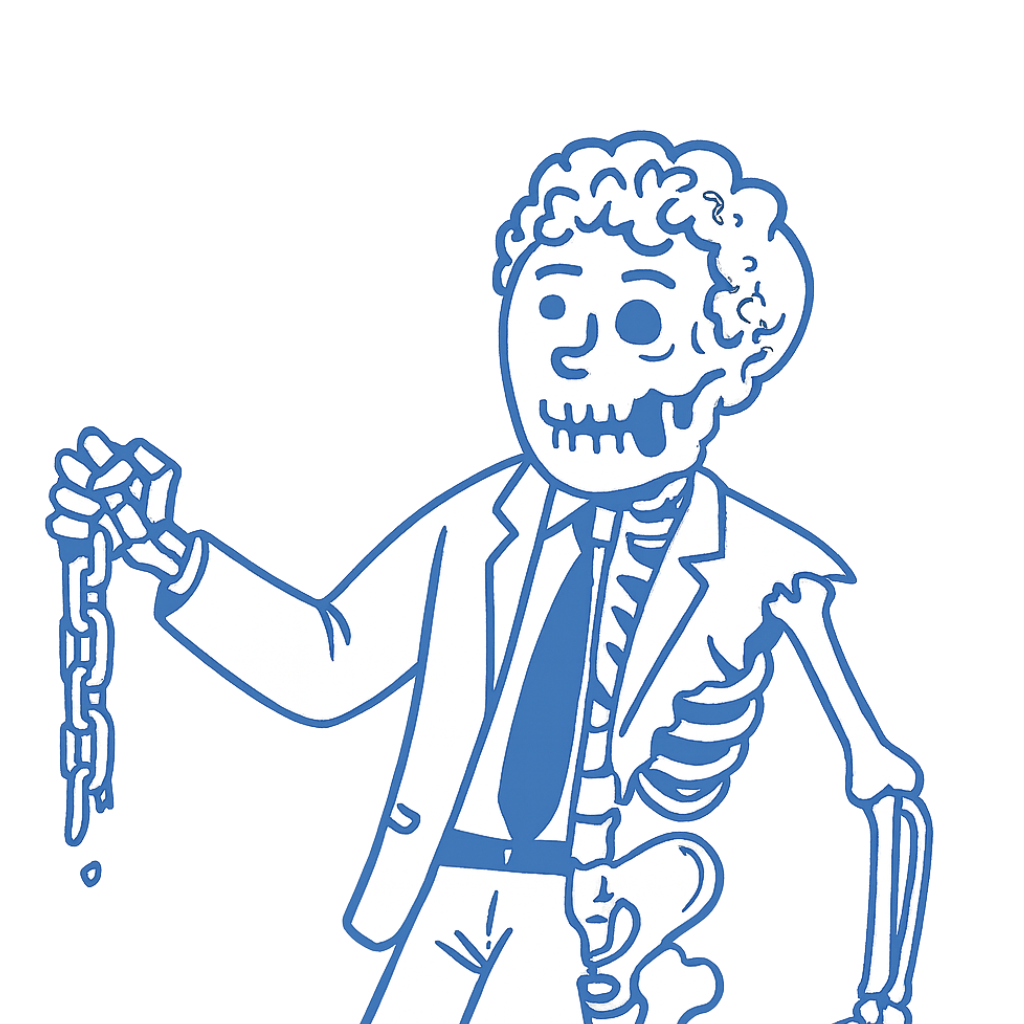Table of Contents
- Google’s 2024 updates devalued scaled outreach and low–quality backlinks, favoring high-authority PR coverage.
- Email sender guidelines now penalize non-personalized, bulk outreach; precision matters more than volume.
- Helpful Content and Link Spam Updates targeted affiliate, guest post, and “best” list sites lacking unique value.
- AI Overviews and leaked Google docs suggest fresh, click-worthy, brand-authoritative content earns ranking power.
- 2025 SEO success depends on PR-style, data–rich, targeted outreach—not traditional link building tactics.
2024 was one of the most turbulent years in SEO history.
A culmination of six events combined that signaled the growing importance in brand —and weakened the case for many “traditional” link building strategies.
And before you dismiss this post as a sales pitch, we have a lot of customers who use our tool for traditional link building. Nevertheless, the evidence is hard to ignore.
It’s not that all link building is bad. However, a significant shift in how you think about your SEO and link building strategies in 2025 is needed.
The shift is moving away from the traditional, spray and pray, wide-scale approach you knew.
The focus now needs to be building a brand with targeted outreach, high-quality links, and coverage from sites that Google (and consumers) value.
Here are the six major events shaping the shift from link building to PR.
1. Google and Yahoo Email Guidelines (February)
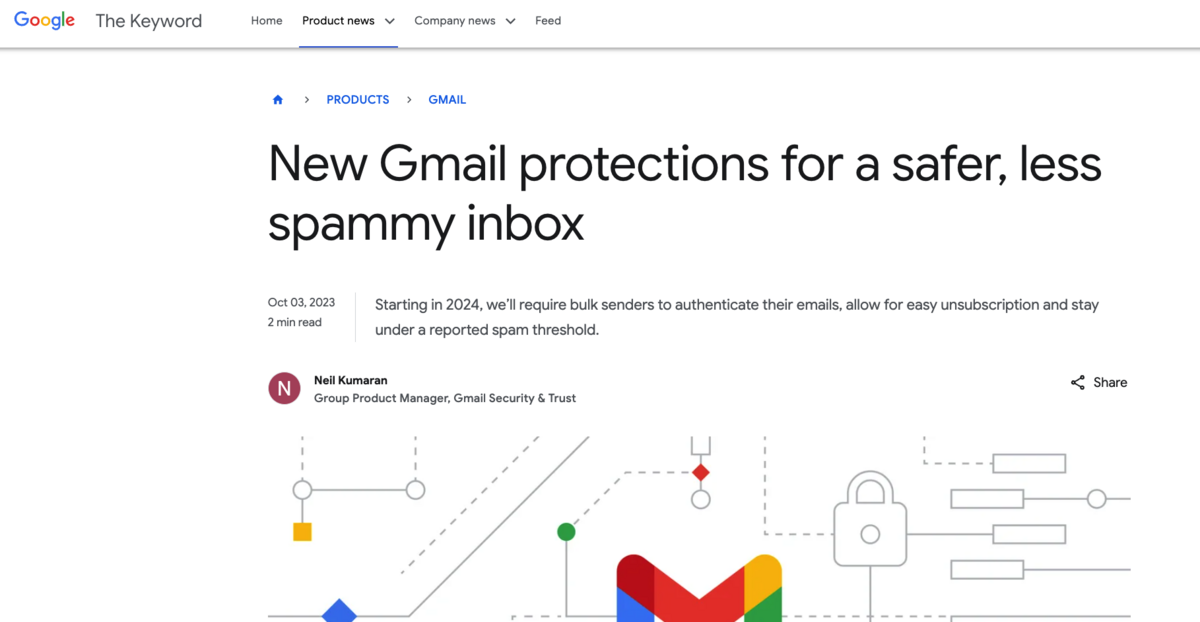
Google announced new email requirements for senders emailing over 5,000 emails within 24 hours to personal Gmail accounts.
Senders must have one-click unsubscribe links, and spam rates must be kept below .3%.
If you fail to comply, your emails will land in spam folders, rendering them useless for outreach.
What did we learn?
Spray and pray, scaled outreach is no longer viable. Personalized email outreach is the key to success.
Learn more about Google’s new email requirements
2. Google Changes the Way They View Links (April)
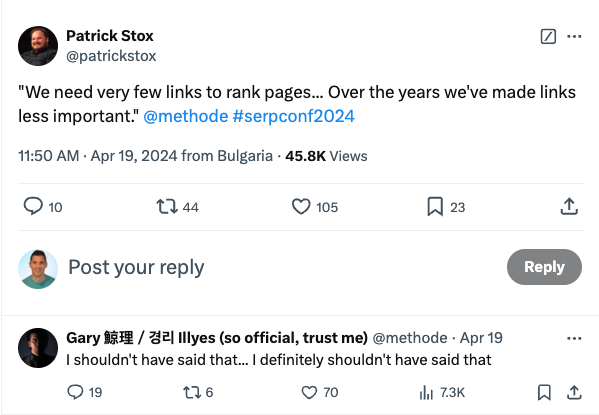
At SERPCon in April 2024, Google rep Gary Illyes mentioned in a talk that “we need very few links to rank pages…Over the years, we’ve made links less important.”
He immediately backtracked, Tweeting, “I shouldn’t have said that… I definitely shouldn’t have said that.” But the damage was done and SEOs ran with it.
The issue is that I think, in some ways, Gary highlights Google’s big problem: They have no choice but to devalue a lot of links because of all of the spam out there.
Yet, they still desperately need links as a ranking factor because nothing else comes close.
So what they end up doing, as you’ll see, is trying to devalue the manipulative links.
What did we learn?
For one, what Google says and what they do are different things. You can’t really trust it without doing the research yourself. You’ll see that with the Google Leak below.
But, more importantly, there is a LOT of link spam out there. The quality of links is much more important than the quantity.
If you take a backlink profile and remove all of the links from low-quality sites, as I did in my analysis of the number of backlinks you need, you’ll find that you don’t need as many as you think to rank.

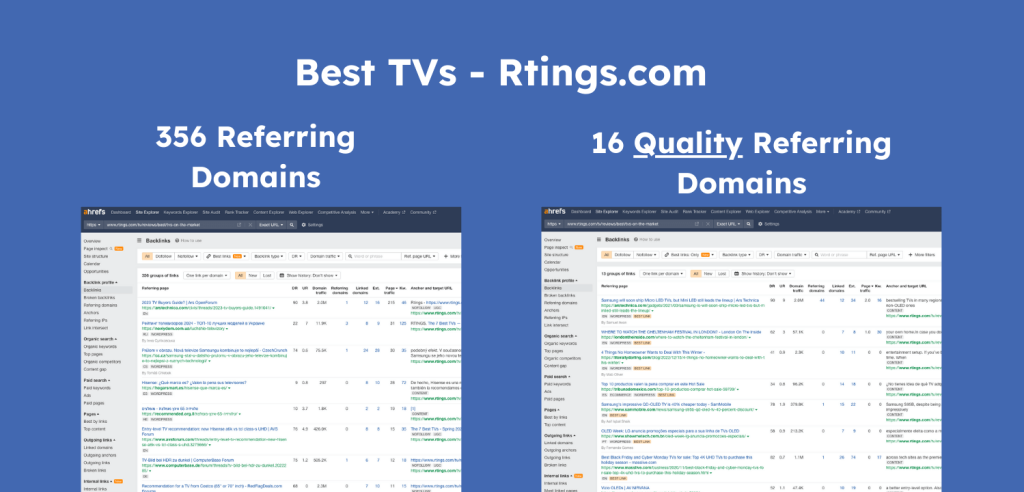
So, to me, this was a major blow to the traditional link building methods like guest posting, niche edits, etc.
Learn more about the power of quality links.
3. Helpful Content Update (March)
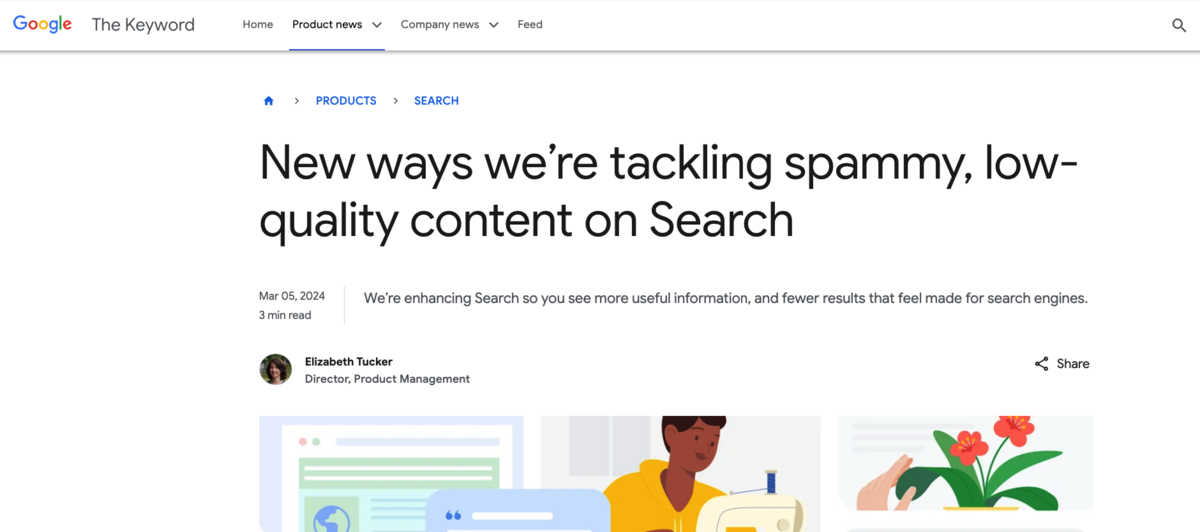
Google announced a core ranking system update, impacting how their systems rank sites. This update focused on rewarding sites that provided truly “valuable” content in their eyes.
The update subsequently wiped out traffic from affiliate review sites, sites writing scaled content using only AI, and most sites that people relied on for “guest posts” typically found on link marketplaces.
You can see on my link building statistics post that only 6% of the “guest post sites” I analyzed were still considered “high quality” after HCU:
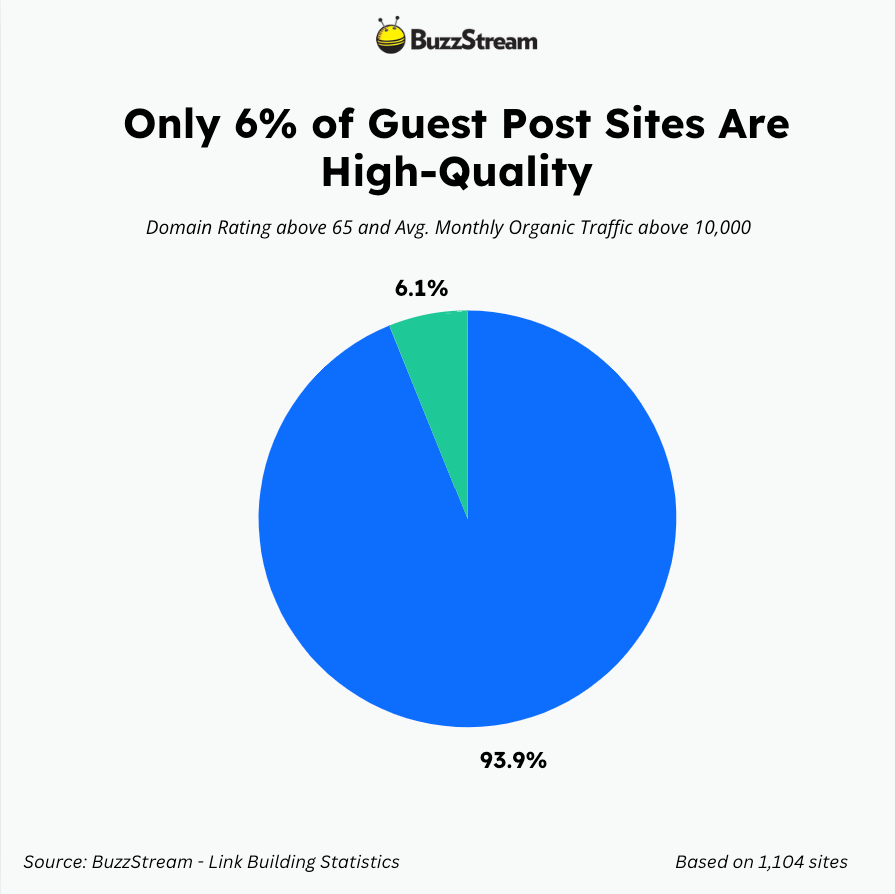
Unfortunately, a lot of independent sites also got hit in the crossfire. Some, like HouseFresh, did have “valuable” content on their site.
Google eventually released another update in August to seemingly soften the March update a bit and even the scales for sites that were unjustly penalized.
What did we learn?
“Guest posting” on sites that only exist to buy and sell links is no longer viable for link builders. As you’ll further see in the Link Spam Update, these links are mostly rendered worthless.
While the guest posts sites and the affiliate sites may seem unrelated, they do have a lot in common. Many of the sites have content on their site solely built to make money, either through ads or affiliate partnerships.
Most didn’t say anything new, thus provided no new value.
So, gone are the days of website arbitrage and building a site just to make money on some get-rich-quick scheme. This model is going extinct.
You need to have a brand and bring genuinely new content to the web to survive.
Learn more about the Helpful Content Update’s impact on link building.
4. AI Overviews Launched (May)
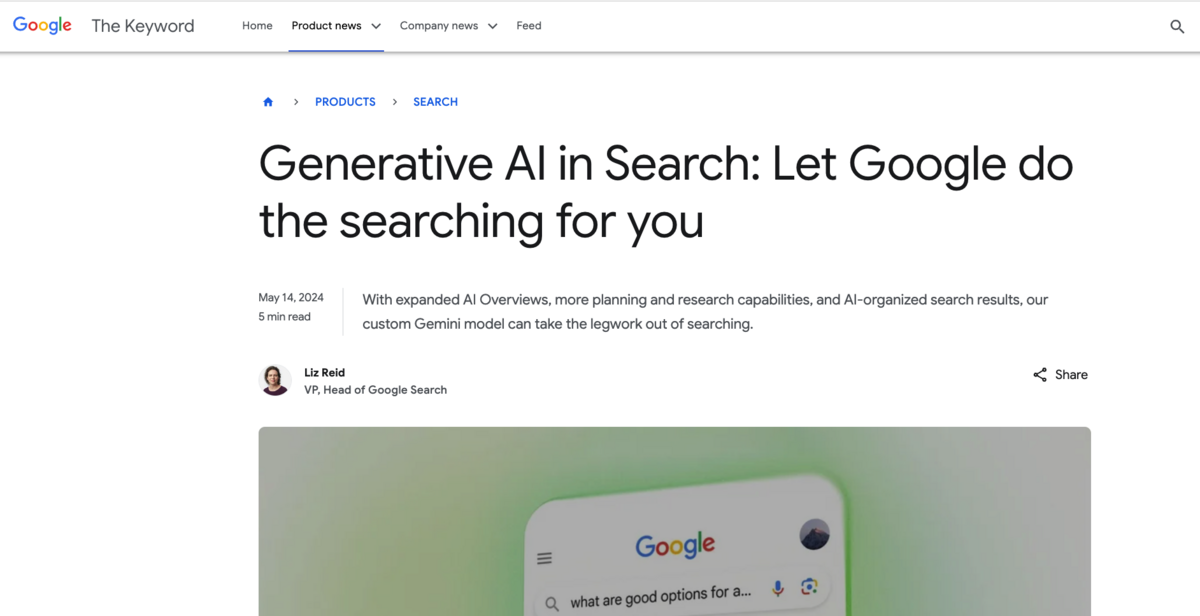
To keep up with ChatGPT’s growing user base, Google launched AI Overviews (AIO) in the Search Engine Results Page (SERP). These short answers appear mainly for informational queries above the SERP. After a terrible launch, Google has improved the quality of the results.
What did we learn?
I believe data-driven digital PR campaigns are a great way to get your brand into the LLMs.
Large language models (LLMs) used in AIO and ChatGPT like fresh information.
So, I hypothesize that by feeding new, fresh data into the LLM via proprietary data and getting this data mentioned in press coverage, you position yourself to get mentioned more frequently in AIO.
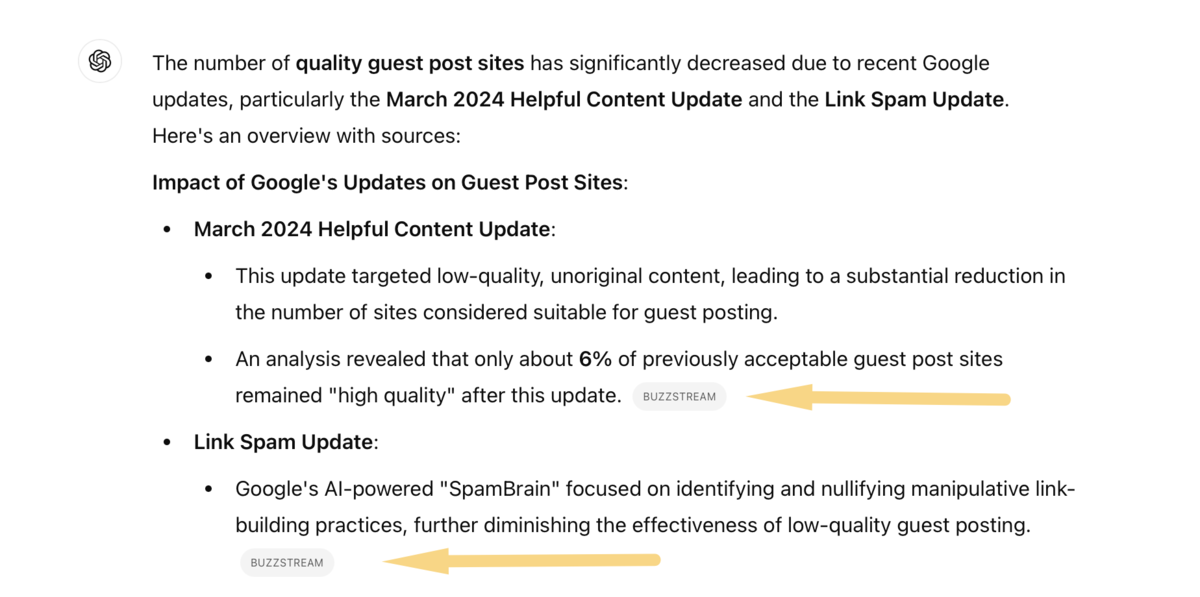
This also syncs with providing value and something new to the web.
You’ll see in the next section why I believe coverage and links from press outlets hold more weight in Google’s eyes.
5. Google Leak (May)
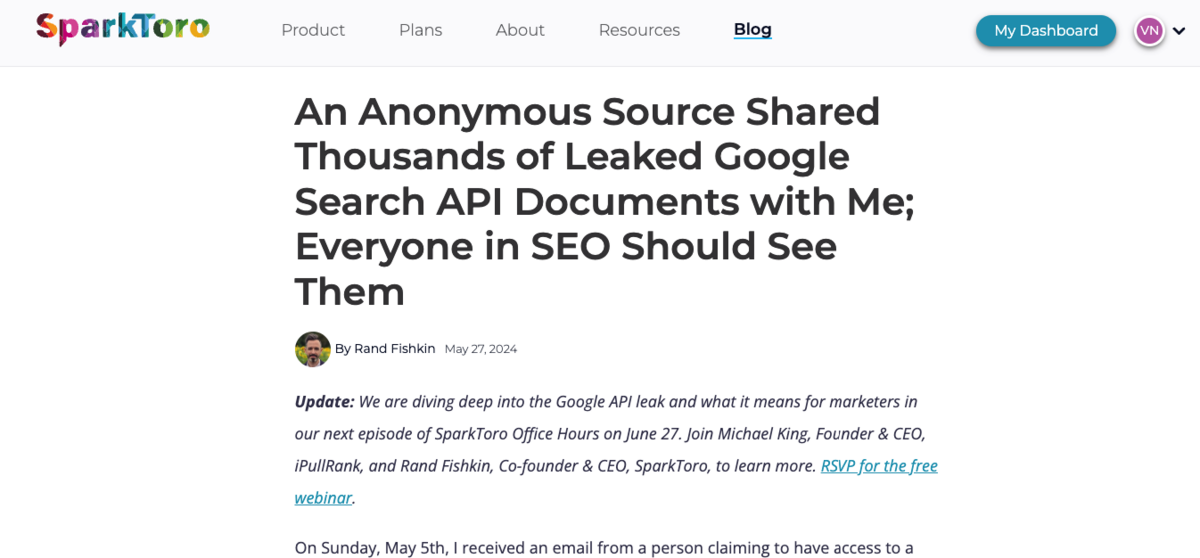
An ex-Google employee leaked Google API documentation to Rand Fishkin and Mike King. Included in the documentation were seemingly the keys to the SEO kingdom.
There was information about site authority, author profiles, and link relevancy.
We know Google changes its algorithm frequently, so not everything included in the “leak” should be taken at face value, but it did confirm many hypotheses over the years.
What did we learn?
The big things to come out of this leak was that the algorithm seemed to value:
- Quality, authoritative sites
- Highly recognized authors
- Fresh content
- Highly visible content leading to more clicks
All of this points to coverage from high-end, top-tier news or relevant industry news sites—precisely the kind of digital PR content gets.
Learn more about the Google Leak.
6. Link Spam Update (June)
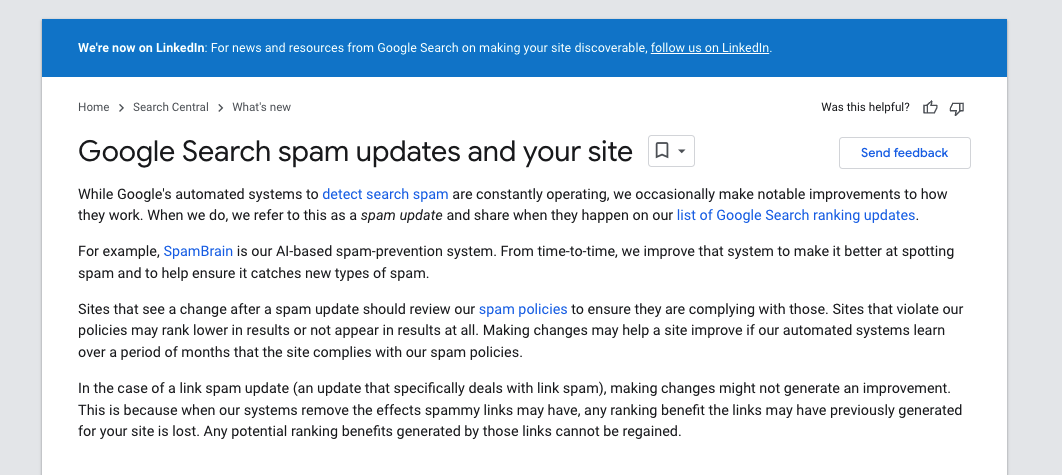
With the help of AI-powered “Spam Brain,” Google announced they were going after sites that showed signs of buying and selling links to manipulate rankings. This again hit many of the sites that appear on link marketplaces, guest post sites, and those engaging in link exchanges.
It didn’t penalize that traffic as much as it just nullified the power of the backlinks.
In my analysis of 50 SaaS sites, the update also seemed to have devalued links from “best”-type queries because those are so rife with link exchange manipulation.
What did we learn?
As I mentioned, I believe Google wants to keep using links as a ranking factor, so they are continuing to do their best to weed out the low quality links.
Quality links that remain are the ones that are highly relevant to your brand.
Learn more about the Link Spam Update.
Does This Mean SEO and Link Building Are Dead?
Not at all.
In fact, it’s becoming much more important.
With fewer authoritative, quality sites to go around, the value of links is at an all-time high.
If you look at the cost per link or CPL for most agencies in the past, you could achieve a typical high-end, top-tier news link for an investment of about $1,000 – $1,500.
Today, I believe that value is something like $2,500.
The kind of link building that has “died” is the spray-and-pray, high-volume, non-personalized emails.
Simply put, these tactics used to work. Now, they don’t.
2025 is when you should focus on quality, not quantity.
Reach the right person at the right site. Get links and coverage from places that matter.
This is what will move the needle in 2025.

 End-to-end outreach workflow
End-to-end outreach workflow



 Check out the BuzzStream Podcast
Check out the BuzzStream Podcast

